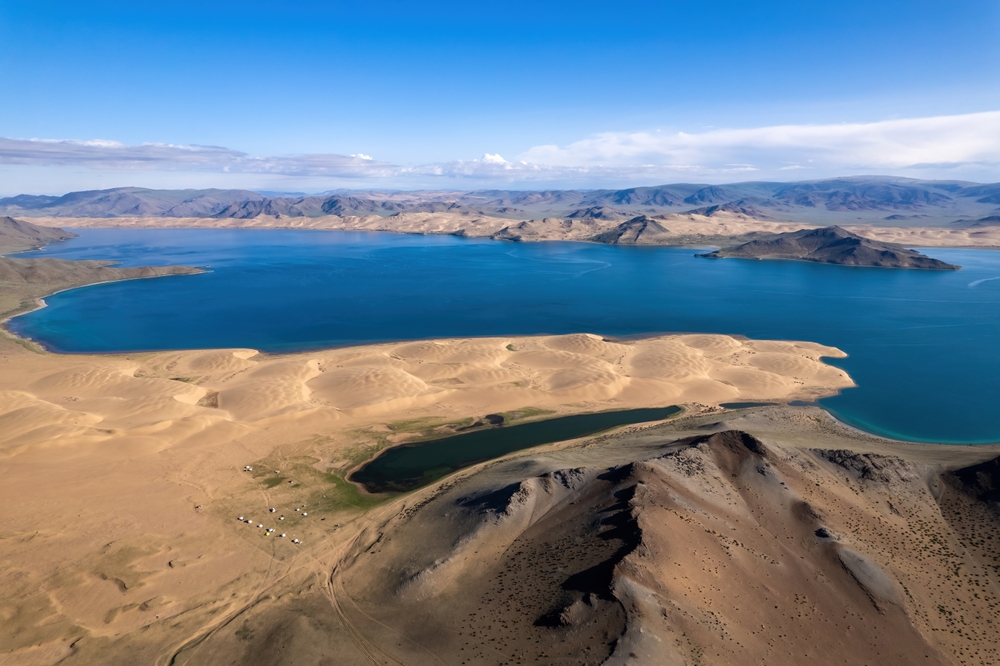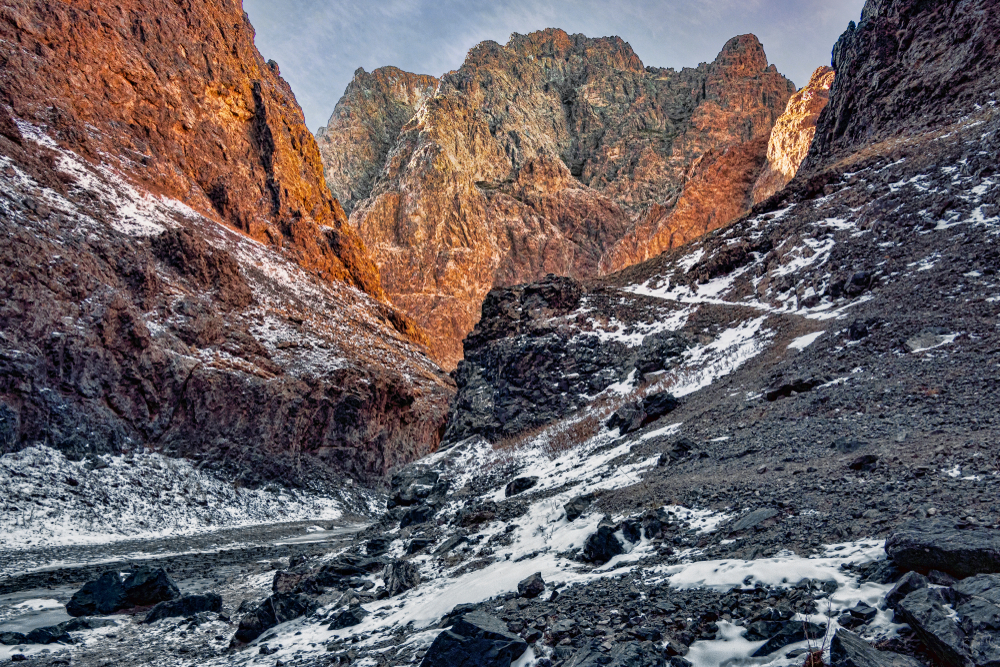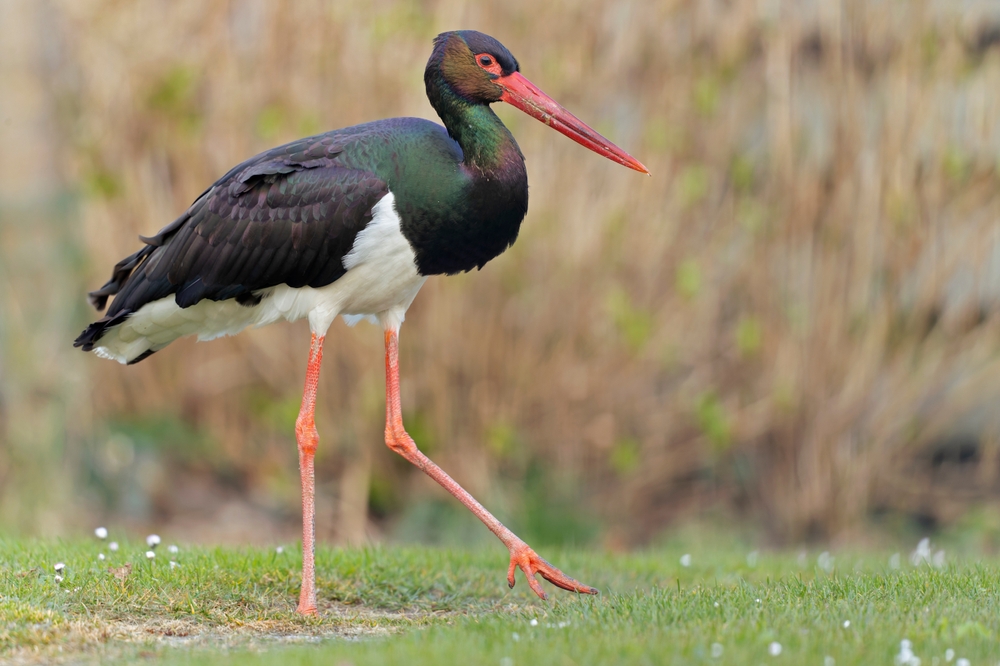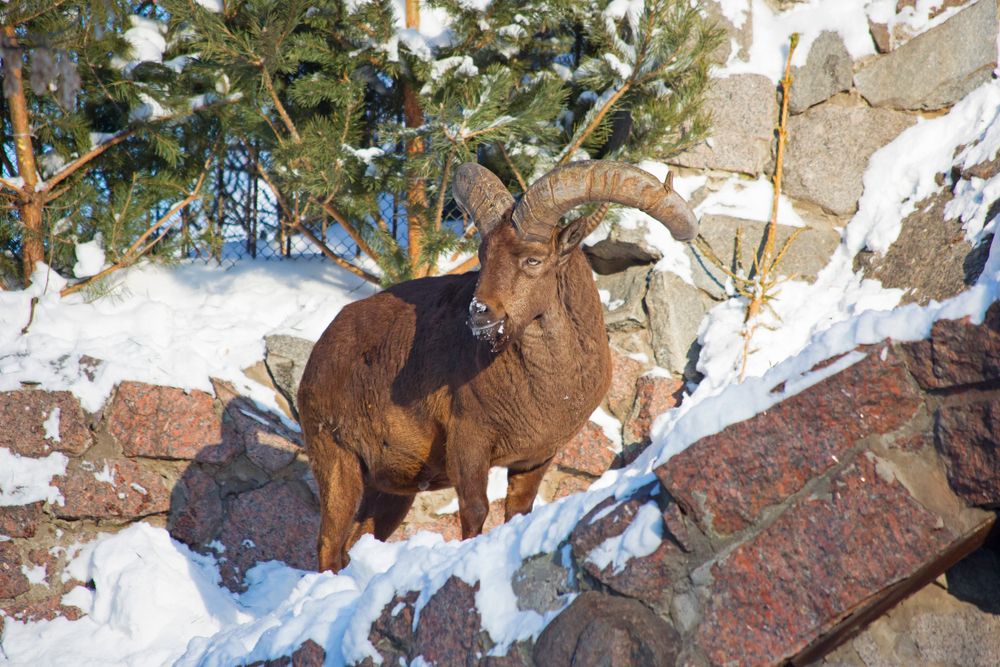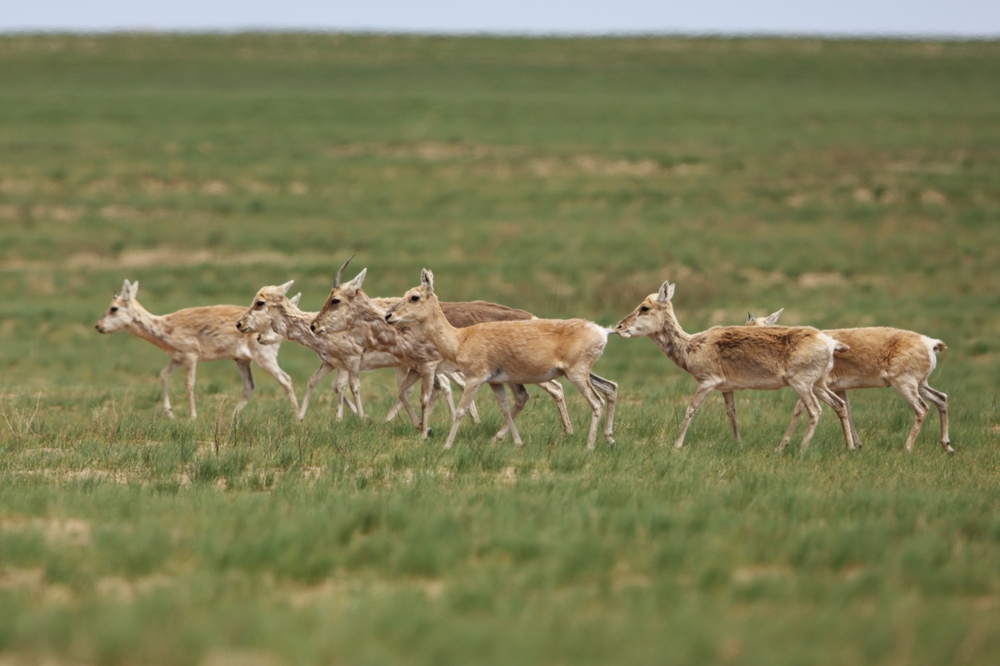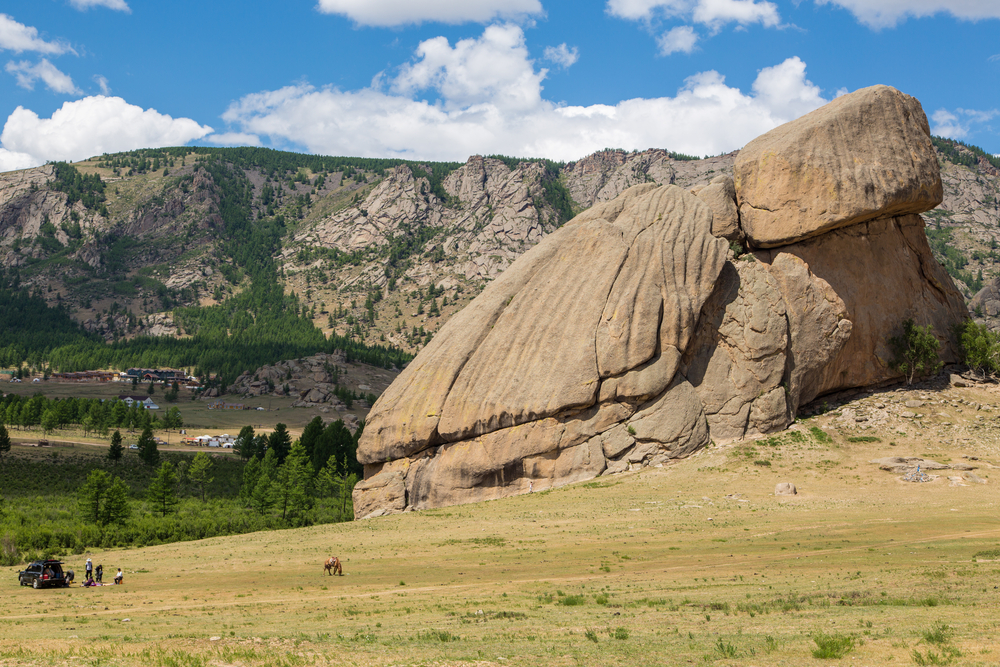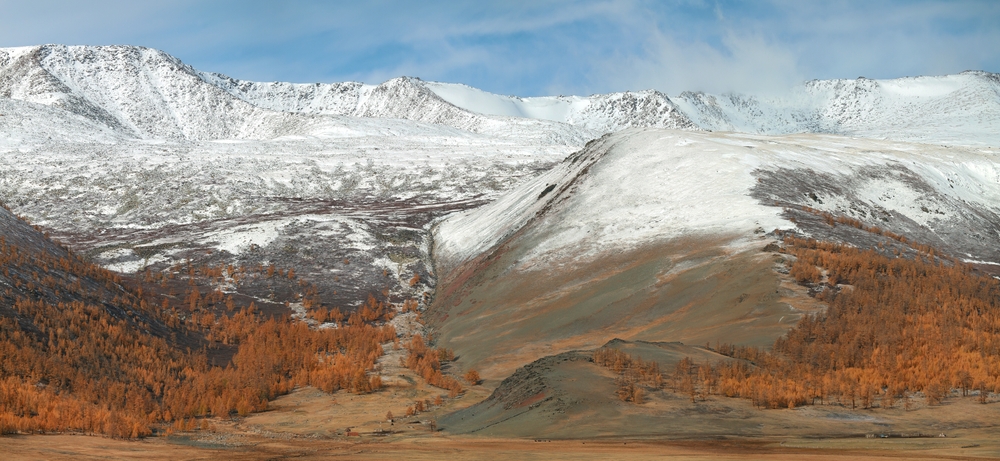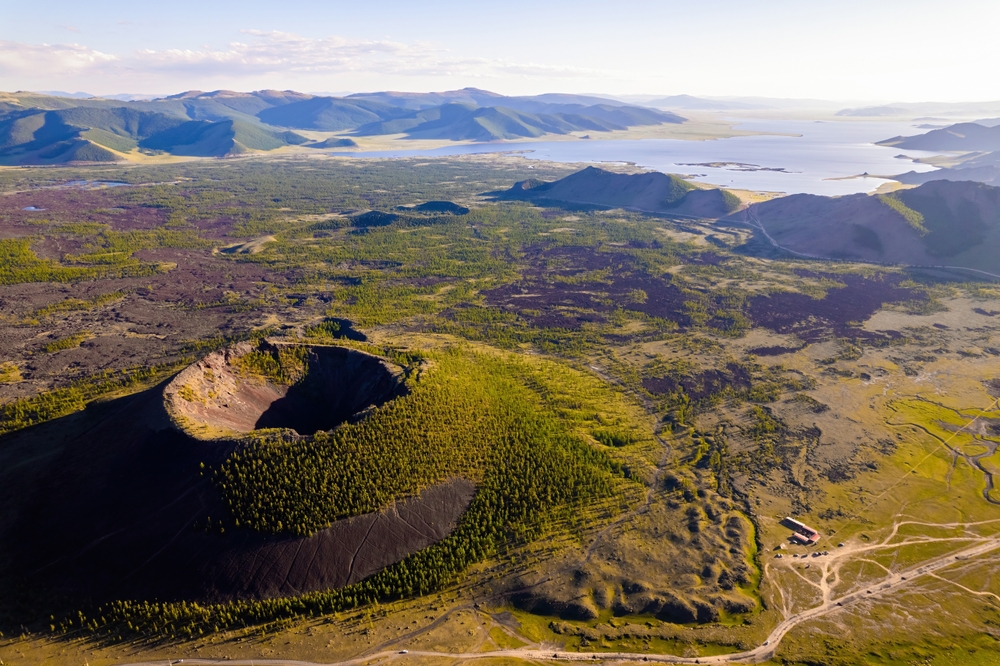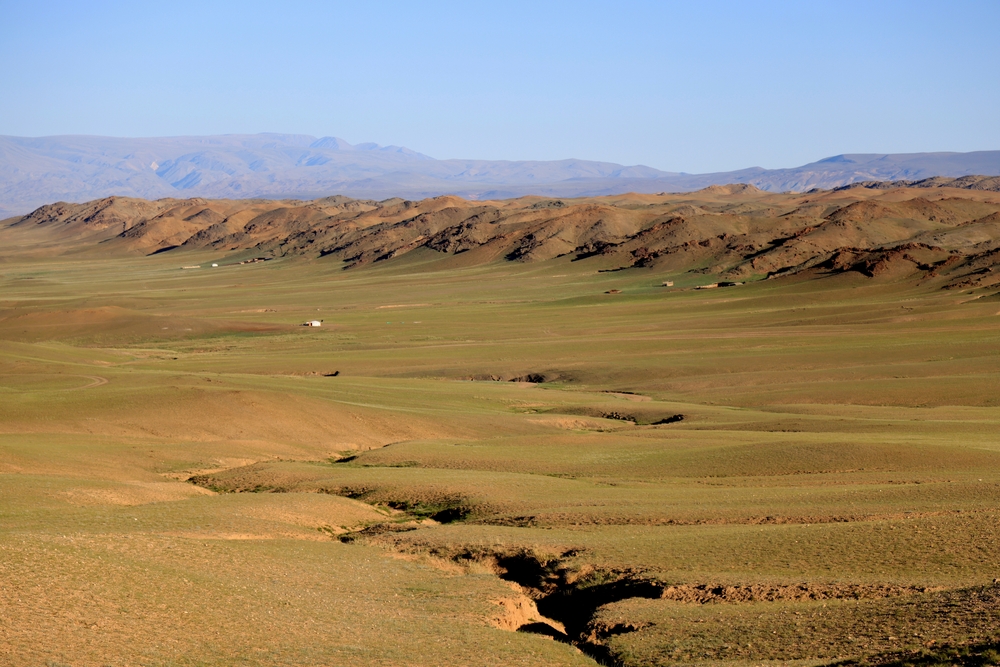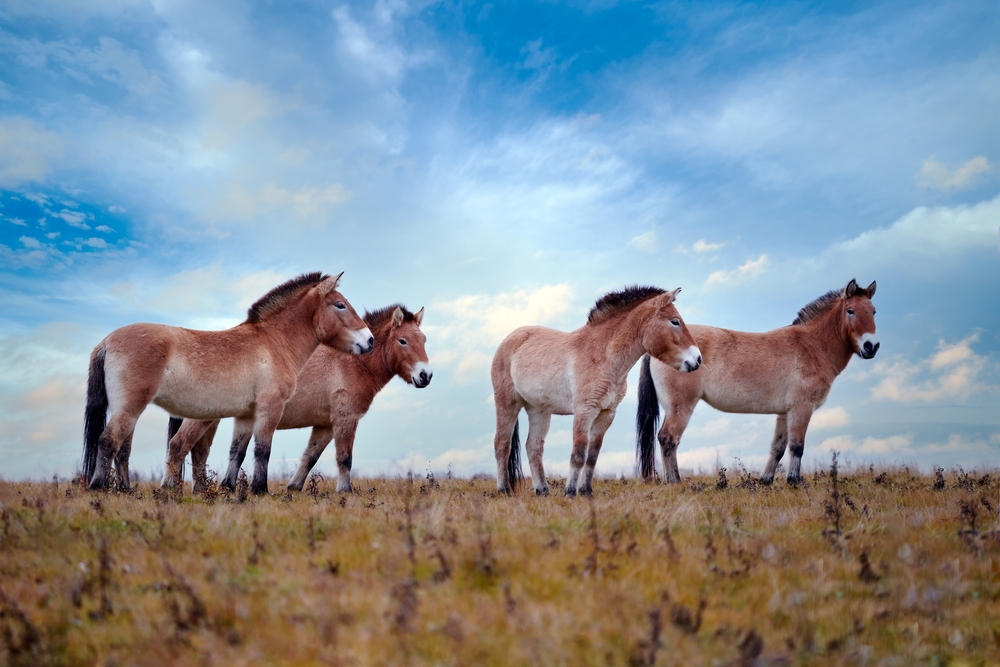Ulaagchinii Khar Nuur Overview
Ulaagchinii Khar Nuur National Park, known locally as Улаагчны Хар Нуур Үндэсний Парк, is a stunning natural reserve located in western Mongolia, within the Zavkhan Province. Spanning an area of approximately 265 square miles (686 square kilometers), the park is centered around the breathtaking Ulaagchinii Khar Lake, a freshwater gem surrounded by rugged mountains and steppe landscapes.
The name translates to “Black Lake of Ulaagchin,” a reference to the lake’s deep and mesmerizing hues, particularly striking during sunrise and sunset. The terrain of the park is a harmonious blend of steppe, desert, and alpine ecosystems. Rolling sand dunes such as the Bor Khyar Dunes add a striking contrast to the lush greenery found along the lake’s edge, while the Khangai Mountains to the east create a dramatic backdrop.
The lake itself is the heart of the park, with its clear, deep waters supporting a rich aquatic ecosystem. The surrounding areas feature unique vegetation, including hardy grasses, shrubs, and patches of larch forests, which thrive in this semi-arid environment.
The park is a haven for wildlife, offering a chance to observe some of Mongolia’s most iconic species. Key mammals in the area include the argali sheep, Siberian ibex, and the elusive snow leopard, which is a testament to the park’s relatively untouched nature. Red foxes and marmots can also be spotted in the grasslands and rocky outcrops.
For bird enthusiasts, Ulaagchinii Khar Nuur is a paradise, with numerous migratory and resident bird species frequenting the lake and its surroundings. Notable avian species include bar-headed geese, whooper swans, and the magnificent golden eagle, often seen soaring high above the mountains.
The park’s tranquil beauty and ecological richness make it a popular destination for outdoor enthusiasts and nature lovers. Visitors can engage with the park in several ways, including hiking, birdwatching, and camping along the shores of the lake.
The sand dunes provide opportunities for unique experiences like camel trekking, while the lake itself is ideal for fishing and kayaking. The pristine environment and relatively low tourist numbers offer a serene escape for those seeking a deep connection with nature.
Conservation efforts in Ulaagchinii Khar Nuur National Park have been both challenging and promising. The park faces threats from overgrazing by livestock, which can degrade the delicate steppe and alpine ecosystems, as well as the risk of illegal hunting of its vulnerable species. However, local and national initiatives have made strides in community-based conservation, engaging local herders in protecting the natural landscape and its wildlife. Education programs and ecotourism initiatives also play a role in fostering sustainable practices and raising awareness about the park’s unique biodiversity.








































































